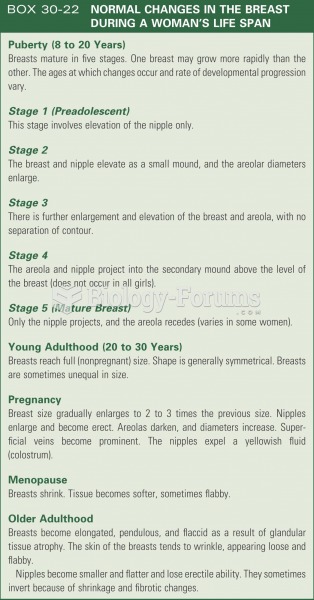Answer to Question 1
ANS: d
Feedback
a. Preeclampsia is a multisystem, vasopressive disease process that targets the cardiovascular, hematologic, hepatic, and renal and central nervous systems.
b. Chronic hypertension is hypertension that is present and observable prior to pregnancy or hypertension that is diagnosed before the 20th week of gestation.
c. Gestational hypertension is a nonspecific term used to describe the woman who has a blood pressure elevation detected for the first time during pregnancy, without proteinuria.
d. The following criteria are necessary to establish a diagnosis of superimposed preeclampsia: hypertension and no proteinuria early in pregnancy (prior to 20 weeks' gestation) and new-onset proteinuria, a sudden increase in proteinurinary excretion of 0.3 g protein or more in a 24-hour specimen, or two dipstick test results of 2+ (100 mg/dL), with the values recorded at least 4 hours apart, with no evidence of urinary tract infection; a sudden increase in blood pressure in a woman whose blood pressure has been well controlled; thrombocytopenia (platelet count lower than 100,000/mmC); and an increase in the liver enzymes alanine transaminase (ALT) or aspartate transaminase (AST) to abnormal levels.
Answer to Question 2
ANS: d
Feedback
a. Completing the admission paperwork is not a priority when birth may be imminent.
b. The urge to have a bowel movement is probably related to fetal descent and complete dilation rather than the patient needing to have a bowel movement.
c. Doing a vaginal exam is the first priority as birth may be imminent.
d. Perform a vaginal exam to assess the progress of labor. The urge to have a bowel movement and feeling like pushing indicate that birth may be imminent.







